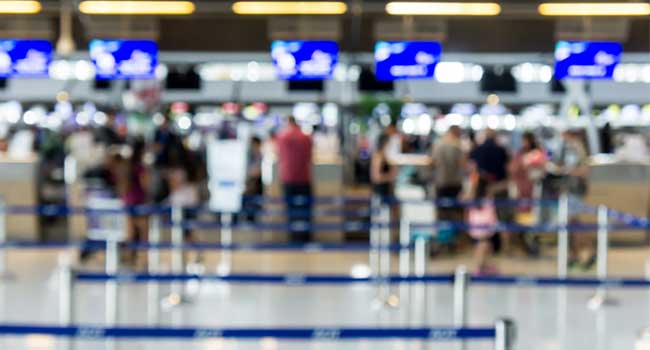
Do Airports have a Soft Spot?
- By Sydny Shepard
- Mar 23, 2016
Two of the bombs that exploded in Brussels on March 2 as part of a terrorist attack that killed at least 31 people and left more than 270 wounded, were detonated near a security checkpoint, just inside a departure terminal where fliers check in and drop off their bags.
Some security experts are surprised that an attack like this hasn’t already happened. After the Sept. 11 attacks, airports in the U.S. and Europe spent billions beefing up security for ticketed passengers to prevent hijackers or bombers from potentially bringing down planes or turning them into missiles, but what they didn’t expect was that the security efforts put in place would create another vulnerability, such as the two and a half hour wait lines to get through the TSA security checkpoints.
The parts of the airports flyers pass through before reaching security checkpoints, such as baggage claim, check-in kiosks, parking lots, and drop-off areas, are open to the general public and can have as little security as an ordinary mall.
Jeff Price, an aviation professor at the Metropolitan State University of Denver told Time that while there have been hundreds of attempted hijackings, there have only been 10 to 15 attacks on the actual airports themselves.
The question for many security officials going forward will be whether to extend the security boundary, potentially encompassing not just check-in areas, but even parking lots and drop-off locations.
While some have suggested that security checkpoints should just be moved further out, security experts believe that would just simply change the location in which people gather.
Should the overall goal be to increase security in these previously forgotten about areas or work with security checkpoints so that they may move more fluidly, decreasing the target size and therefor thwarting off attacks?
Time will only tell what airport security officials choose to do, but let’s hope that it will prevent the next Brussels-style attack.
About the Author
Sydny Shepard is the Executive Editor of Campus Security & Life Safety.